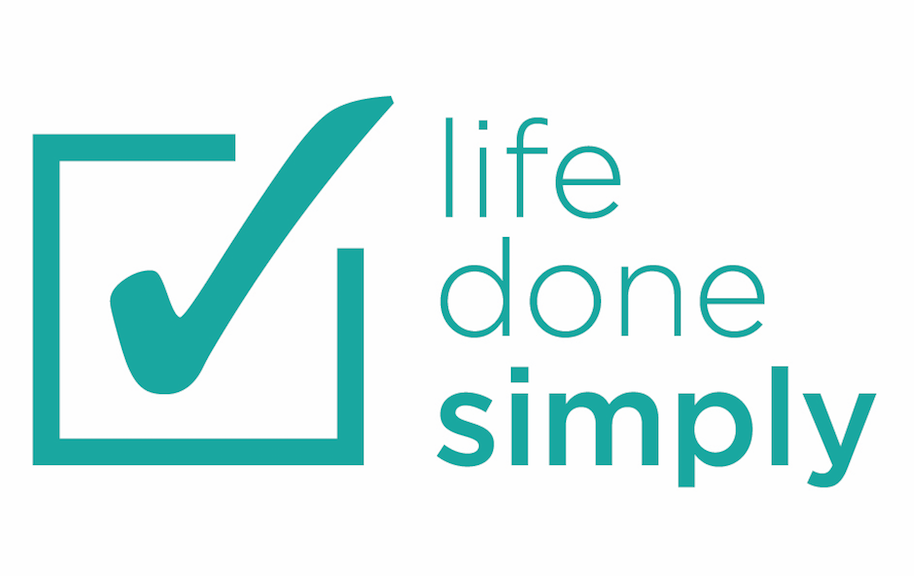Guilt-Free Summer Productivity
/June 16 Segment [timestamp 12:19] https://www.fox9.com/video/1659028
Summer arrives with longer days, warmer weather, and an undeniable pull toward relaxation. Yet many of us find ourselves caught in a productivity paradox: the season that naturally invites us to slow down often leaves us feeling guilty about not doing enough.
Here's the truth: productivity isn't about maximizing output during every available minute—it's about making intentional choices about which minutes matter most. This is especially true in the summer, when we have the opportunity to recharge and prepare for the busy months ahead.
Think of summer as "Productivity Planting season"—a time to rest and recover so you can flourish come September.
Redefining Productivity for the Season
The first step to guilt-free summer productivity is adjusting your definition of what productive actually means during these months.
#1 Add Strategic Time Buffers
Instead of cramming your schedule full, try scheduling 25% less than your usual capacity. If you normally juggle six activities or meetings each week, limit yourself to four. This isn't about being lazy—it's about being strategic. Those extra margins create space for spontaneous opportunities, unexpected delays, and the simple pleasure of not feeling rushed.
#2 Embrace the "Minimum Viable Day" Approach
Define what "done" looks like on your lowest-energy days. What's the smallest amount of meaningful work that still makes you feel accomplished? Maybe it's answering five important emails, completing one key task, or having a single productive conversation. On days when the beach, barbecue, or boat is calling, hitting that minimum is enough.
#3 Lower Your Expectations on Low-Priority Tasks
Give yourself permission to let some things slide. Your house doesn't need to be magazine-ready. Work projects can be "solid" instead of "exceptional." This isn't about lowering your standards across the board—it's about consciously choosing where to direct your energy.
Master Clear Communication
Summer schedules are inherently different, and pretending otherwise only creates stress for everyone involved.
#4 Set Boundaries Upfront
Communicate your summer schedule or possible disruptions to colleagues, clients, and family before they become issues. Be clear about when you'll be available and when you won't. This proactive approach prevents misunderstandings and allows others to plan accordingly.
#5 Use the Vacation Status Strategy
If you struggle with maintaining work boundaries, try this: when taking time off, give a brief work status update that includes your 1-2 top priorities upon your return. This simple practice helps you mentally transition out of work mode while ensuring nothing critical falls through the cracks.
Adjust Your Rhythm
Summer brings more sunlight and often shifts our natural energy patterns. Instead of fighting these changes, work with them.
#6 Align with Your Energy
Notice when you feel most alert and focused during longer summer days. If you're naturally more energetic in the early morning or late evening, adjust your schedule accordingly. There might be a tendency to try fitting more tasks into longer days—resist this urge. Quality over quantity wins every time.
#7 Schedule Guilt-Free Breaks
Plan 1-2 proactive afternoon breaks per week. Take a walk with a friend, grab coffee at your favorite shop, or bring the kids to the park. These aren't rewards for finishing your work—they're essential components of a sustainable summer rhythm.
#8 Change Your Environment
Work from novel locations when possible. Coffee shops, co-working spaces, patios, and decks don't just provide a change of scenery—they enhance cognition and help break mental ruts. Plus, they're often less distracting than your usual home or office environment.
Remember: The goal isn't to have a perfect summer where you accomplish everything on your list. The goal is to have a summer that leaves you feeling refreshed, reconnected, and ready to tackle whatever September brings your way.


